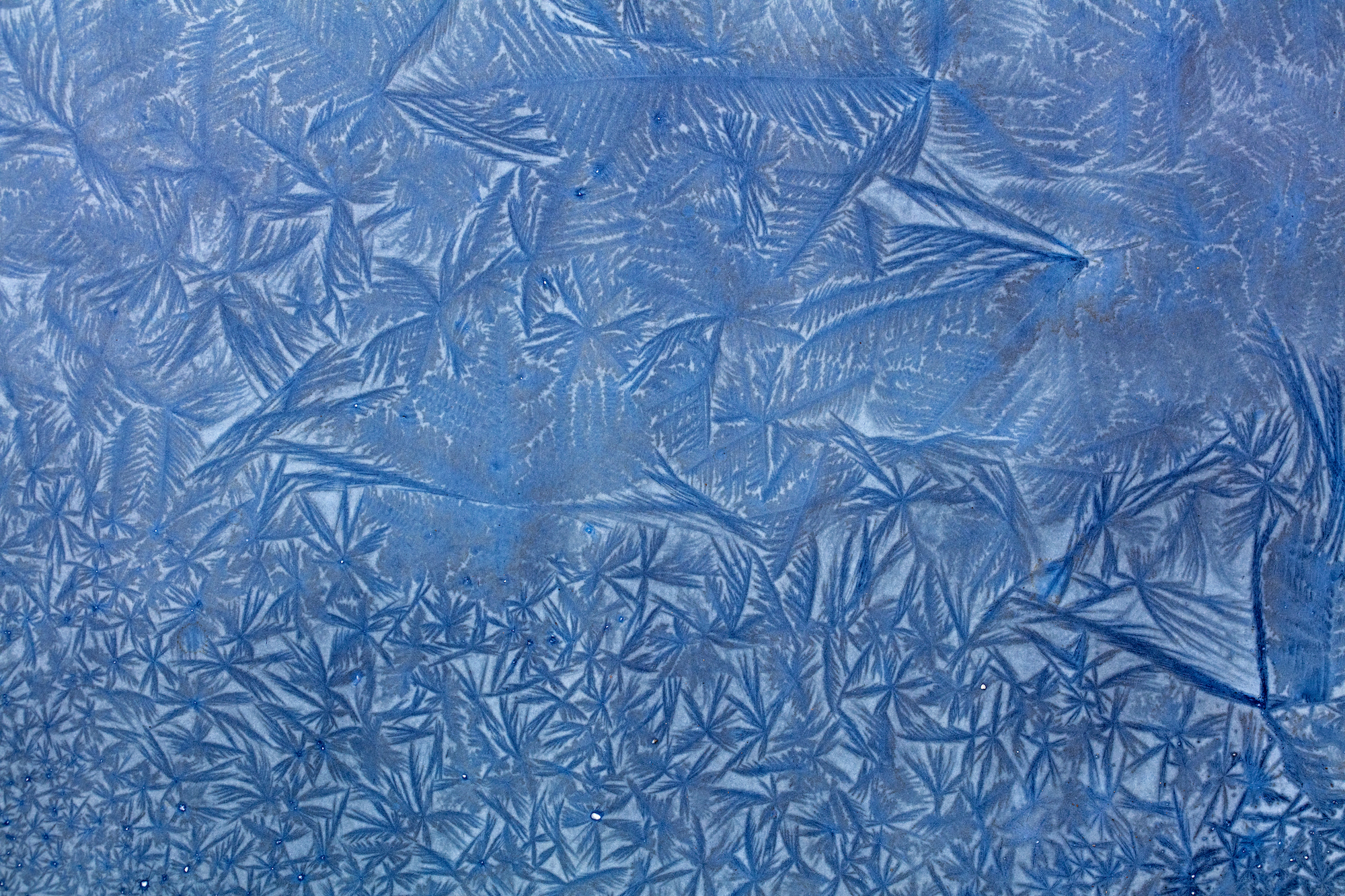Rebecca Solnit on Meghann Riepenhoff’s Cyanotype Prints Made in Freezing Landscapes
about 5 months ago (12/13/2023)
Rebecca Solnit on Meghann Riepenhoff’s Cyanotype Prints Made in Freezing Landscapes ‹ Literary Hub Craft and Criticism Fiction and Poetry News and Culture Lit Hub Radio Reading Lists Book Marks CrimeReads About Log In Literary Hub Craft and Criticism Literary Criticism Craft and Advice In Conversation On Translation Fiction and Poetry Short Story From the Novel Poem News and Culture The Virtual Book Channel Film and TV Music Art and Photography Food Travel Style Design Science Technology History Biography Memoir Bookstores and Libraries Freeman’s Sports The Hub Lit Hub Radio Behind the Mic Beyond the Page The Cosmic Library Emergence Magazine Fiction/Non/Fiction First Draft: A Dialogue on Writing Just the Right Book Keen On Literary Disco The Literary Life with Mitchell Kaplan The Maris Review New Books Network Open Form Otherppl with Brad Listi So Many Damn Books Thresholds Tor Presents: Voyage Into Genre Windham-Campbell Prizes Podcast WMFA Reading Lists The Best of the Decade Book Marks Best Reviewed Books BookMarks Daily Giveaway CrimeReads True Crime The Daily Thrill CrimeReads Daily Giveaway Log In Rebecca Solnit on Meghann Riepenhoff’s Cyanotype Prints Made in Freezing Landscapes “The processes of photography were liquid for most of the medium’s history...” via Radius Books By Rebecca Solnit and Meghann Riepenhoff December 13, 2023 Ice, #9316 © Meghann Riepenhoff, from Meghann Riepenhoff: Ice © Radius Books. Often described as though it was accident rather than alignment, coincidence means the coming together of two things in a more or less harmonious version of a collision, and it is in that spirit a coincidence that at a certain point in the European middle ages the mother of God became an important figure of mercy and intercession and femininity in Christian life as a new source of blue pigment arrived—pulverized lapis lazuli from far-off Afghanistan—that allowed painters to depict intense and vivid shades of blue as never before, and this blue known as ultramarine was most particularly dedicated to depicting her robes, and blue became her color, all of which I delved into after returning to view some of these paintings in which the robes pour off her like water and ripple around her feet as if in inlets and bays, paintings that make me wonder if rather than thinking of all that blue as celestial, the garb of the queen of heaven, as she was also known, it makes her aquatic, oceanic, marine, ultramarine, a living and lifegiving spring or lake, an ocean giving rise to new conditions for life as the cyanobacteria did, an entity whose liquidity is also the female condition in ways that have sometimes worried men, the porousness of those bodies that men sometimes enter and babies sometimes exit, of the flow of blood and amniotic fluid and words, of the undermining of the fantasy of solidity that is the homophobic ideal of impenetrable and autonomous manhood, when in actuality everyone and each of us is a container punctuated by openings with which to smell, to hear, to breathe, to be penetrated as a camera’s aperture is by light itself and relies constantly on inhaling and exhaling, a sort of drinking of the sky and its oxygen, on eating and excreting, the body that is also an erratic fountain of tears, urine, spit, sweat, ejaculate, the menses of fertility and the blood of injury, to say nothing of all the internal secretions of the glands, and is itself two thirds or more water, the blood an interior ocean with the salinity of an ocean moving in waves pumped along by the heart, the water of the body finding an echo in what we call a body of water, and bodies of water are themselves also not discrete, as in self-contained, but forever being added to by tributary streams and rivers and springs or being drained by distributary channels or evaporating into humidity and clouds that become storms, rain, hail, snow, sleet, returning to the solid and liquid surface of the earth: all of this to say that in one such medieval Nativity, the robe flows like water, the child who is also a god lies on a scallop of deep blue on the ground as if afloat, the god whose blood will become a symbol in a church whose rites are full of liquidities, including transubstantiation, anointment, and baptism by immersion or sprinkling with water that has been blessed, and implicit in all this is the possibility that the divine mother so often called a vessel is herself a body of water, which is a reminder of that inward sea of darkness in which each of us swam during the months before birth, and that a camera—a word that means chamber or room—is or was also a vessel of darkness into which light penetrates to impregnate the film with its image, and that the Bible is a book written by desert-dwellers in which the finding of water is often a miracle and a gift. Ice, #6039 © Meghann Riepenhoff, from Meghann Riepenhoff: Ice © Radius Books.
